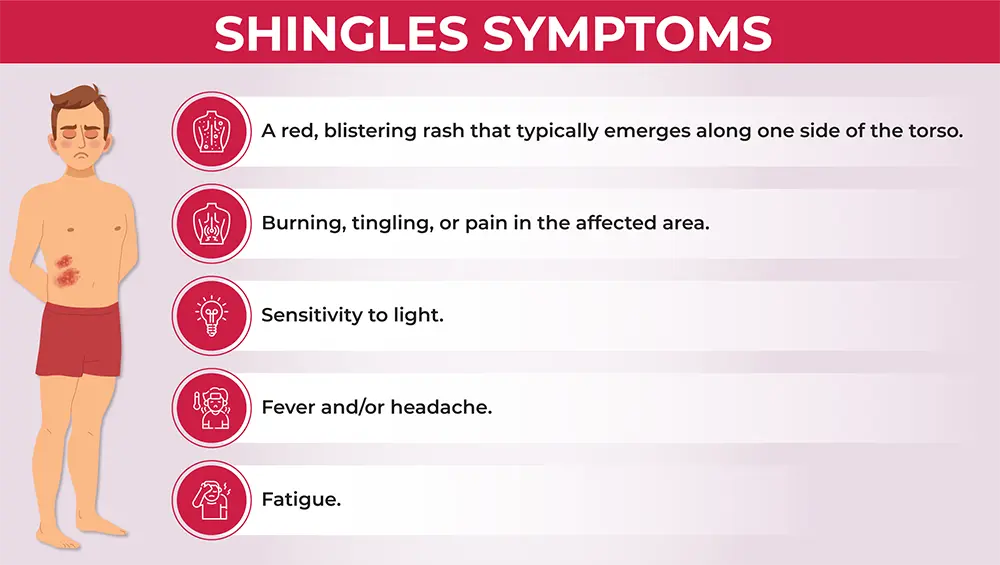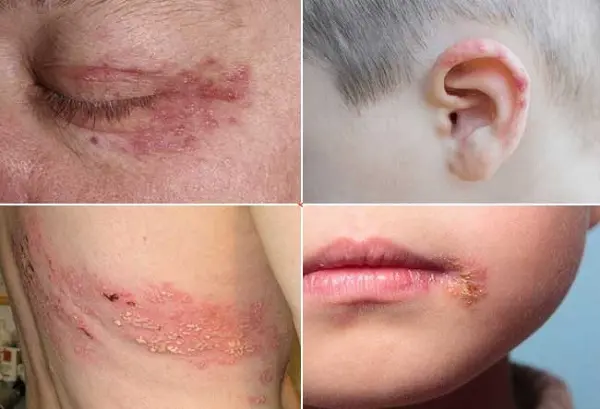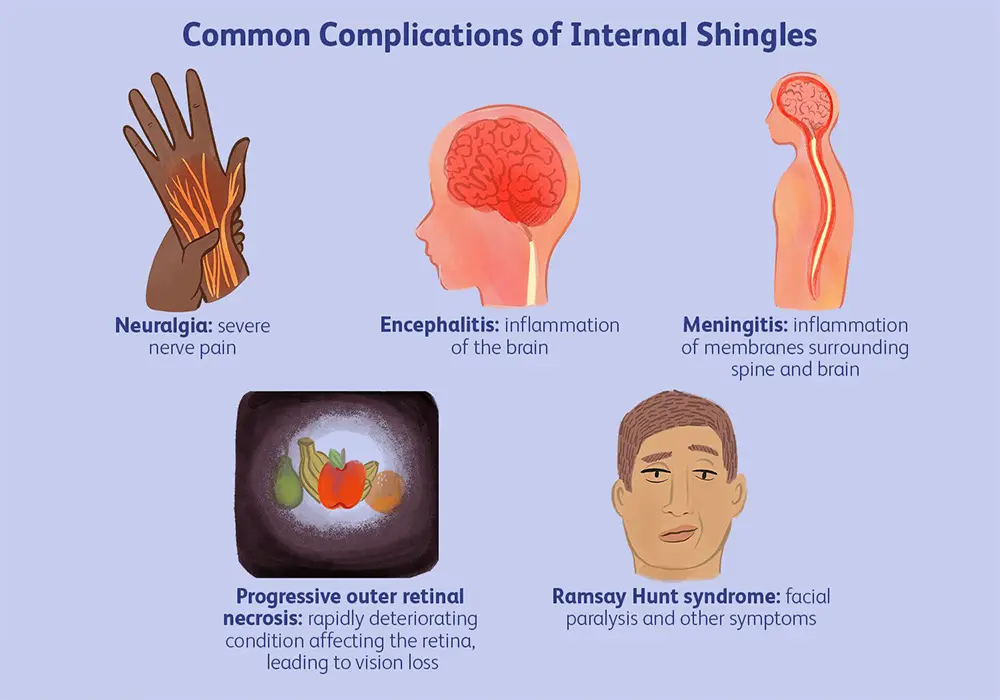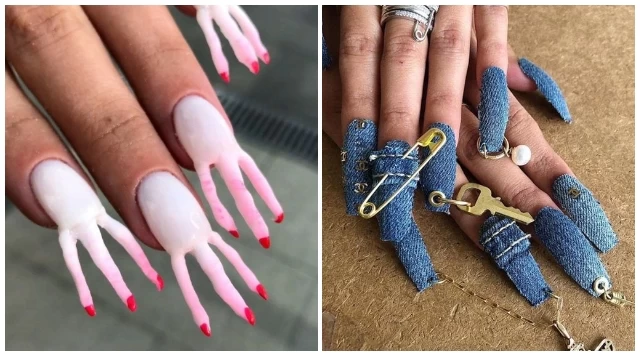The skin burns and stings, especially at night, followed by red patches and blisters like bunches of grapes, which are typical signs of shingles.
Shingles is a skin infection caused by the Varicella zoster virus (VZV), a member of the Herpes virus family. This virus often attacks the skin and nerves.
VZV is the cause of chickenpox. After a person has chickenpox and recovers, VZV still exists in the body in a "hibernating" state for many years in sensory nerve ganglia without causing disease.
When encountering favorable conditions such as immunodeficiency, physical weakness, stress, old age, cancer or blood diseases, diabetes..., this virus will reactivate. VZV multiplies and spreads along sensory nerve pathways, causing damage to the skin and nerves, leading to shingles.
Shingles Symptoms
Symptoms of shingles on the skin include three stages.
First, the patient has an unusual feeling (paresthesia) on an area of skin, such as burning, burning, stinging, numbness, and pain, especially at night. Patients may feel tired, uncomfortable, and afraid of light.
During the next day or so, the disease enters the onset stage. The skin area appears red, slightly swollen patches, about a few centimeters in diameter, raised higher than the skin surface, located along the distribution line of the nerve and gradually connecting together into strips.
In the full-blown stage 3-4 days later, blisters appear on the red patches of skin. The blisters are concentrated in clusters, like bunches of grapes. At first, the blisters contain clear fluid, then become cloudy, have pus, and gradually burst and crust over. This is the most painful and uncomfortable moment. The average time from injury onset to scar healing is about 2-4 weeks.
Older people often have more damage, with larger areas of affected skin. Blisters and blisters can cause bleeding, skin necrosis, infection, and long-lasting and ugly scars.
Shingles usually only appears on one side of the body, does not extend beyond the midline of the body and follows the distribution of a peripheral nerve. The head, face, neck, back, chest, abdomen, genital area, groin, thighs... are locations susceptible to the disease. Nearby lymph nodes are often swollen.
Pain is another common symptom of shingles.
The pain may appear before the skin is damaged and change as the disease progresses. The level of pain varies, from mild (localized pain, burning) to severe (pins and needles, severe pain, intermittent jerking).
The pain is often more severe in older people, lasting several months or even years even though the skin has healed. This is a complication of post-herpetic neuralgia. The older you get, the greater your risk of nerve pain and the more severe the disease.
Shingles is usually not life-threatening, but causes lasting discomfort. People with shingles on the face, especially the eye area, should see a dermatologist and ophthalmologist early to limit eye damage and the risk of vision loss or blindness or facial scarring. Complications of shingles can lead to pneumonia, hearing problems, encephalitis or meningitis if the disease is not treated properly and promptly.
To prevent shingles, doctors recommend vaccination, even if a person has had and recovered from the disease. Vaccination helps limit the recurrence of shingles or reduce the severity and complications of the disease.
Shingles can be spread through direct contact with fluid from an infected person's blisters. The virus can be transmitted to people who have not been vaccinated against shingles and have never had chickenpox. Limit contact with blister fluid from sick people, especially pregnant women, infants, and the elderly.
Maybe you are interested:

Atopic Dermatitis in Children - Causes and Treatment

What Foods should you Eat and Avoid if you Have the Flu?







